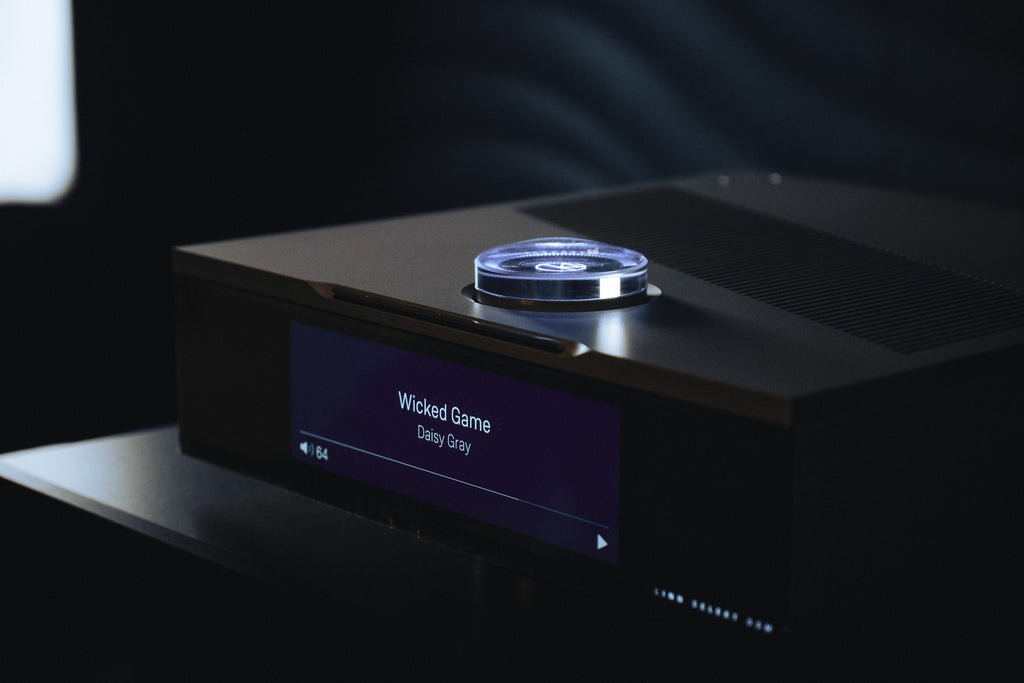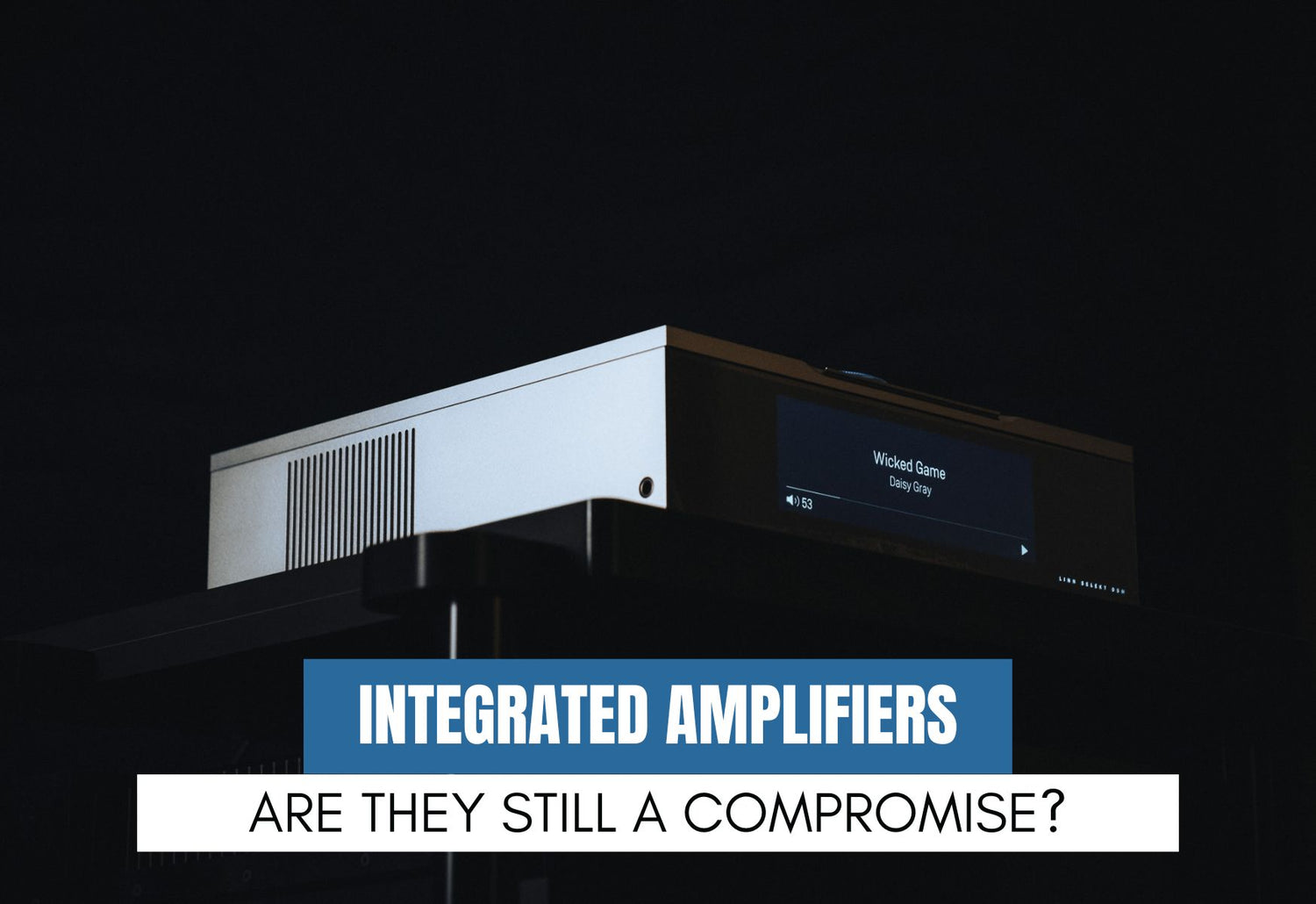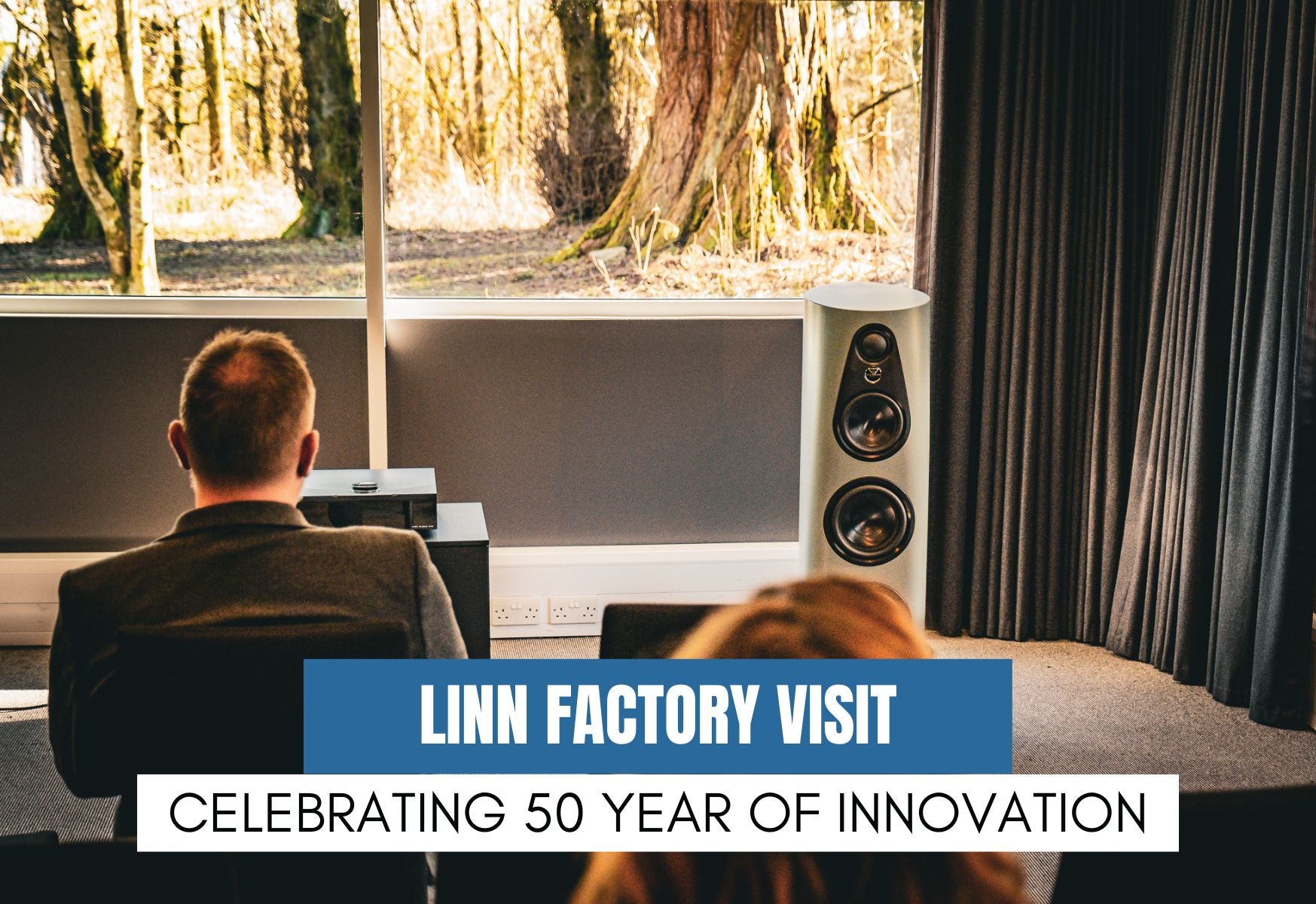There was a time, I'd say around the late 2000s, where integrated amplifiers were seen as a compromise. The general thought was that customers seeking the best audio performance should only ever consider a separate pre-amplifier and power amp, and you only considered an integrated amplifier if you were tight on space, you didn't want the extra boxes or you couldn't afford a pre/power combination. In other words, the decision to purchase an integrated amplifier over the pre/power equivalent wasn't a decision with audio performance as the primary driver.
The stigma arose from some truths, with the fundamental theory being that you don't want to be combining the circuitry that are handling the lowest-voltage signals, i.e. the RCA/XLR inputs, with the same unit that is handling the largest current signals, i.e. the amplification stage.
This still very much is true - generally speaking, the best performance is achieved by having isolated power supplies, separate circuitry and a different chassis for the pre-amplification and the power amplification stage. However, the gap between the performance you can expect has shrunk dramatically. We first started noticing this around the early 2010s, and today, in some cases, there's almost no difference at all in the audio quality.
In this article, we wanted to look at some of the current integrated amplifiers that are available to you that aren't a compromise on audio quality and offer all the convenience of a single-box solution.
Read on and hear our take on the Hegel H Series, the Linn Selekt DSM, Pass Labs INT series, Gryphon Diablo and the new king, the D'agostino MxV Integrated.
Hegel H Series - $3,000 to $20,000

One of the standouts in this category is the Hegel H series range (H95, H120, H190, H390, H600). Hegel has been around for 25 years now, but you'd be forgiven thinking that they only entered the market relatively recently. The little known company was started by a Norwegian rock band, and some of their earlier products were...let's say, they had a niche application. It wasn't until they started developing some of their earlier integrated amps did they then catch the eye of the company behind KEF, the UK loudspeaker brand. It was this association that really propelled them to the limelight, first being distributed by KEF's operation in Germany and gradually building from there.
Their first foray into streaming amplifiers was spearheaded around the late 2010s with the H160. Their first integrated amplifier that supported Airplay, it was a sign to the world that the Norwegian manufacturer could actually produce something that could be considered as an all-in-one unit.
Fast forward a couple years and the successor to the H160, the H190 came to life, boasting more amplification, more inputs and also, a fully integrated streamer capable of DLNA playback and Airplay. Along with the H190 came the H390, H590 the H95 and finally, the H120.
The H600 was released in October 2023, the successor to the H590, and boasted a little bit more power (301 watts vs 303 watts), but the main improvement was their streaming DAC.
The range of Hegel integrated amps is one of the most versatile we've seen, boasting a full range of streaming and audio functions as well as some nifty tricks like home theatre bypass. Their engineered super-high damping factor means that almost every speaker connected to it will excel at sounding the way the speaker designer intended, and the genius with the H series range is that almost all the units have the same feature set, making choosing between the models a simple decision of "how much power do you want".
Linn Selekt DSM - $10,000+

If you've ever spent any time at all around the hifi industry, you'll be familiar with Linn. Celebrating their 50th year in 2023, Linn are famous for many groundbreaking achievements in streaming, speakers and arguably their most famous invention, the LP12 turntable.
Linn have always produced a fantastic range of all-in-one boxes, and that's never been more true for their current Selekt DSM. To understand why this product is such a revolution, we first need to quickly talk about the LP12.
The LP12 was invented by Ivor Tiefenbrun MBE in 1973. In those days, the concept of "source first" was relegated to the dark corners of conspiracy theorists, as back then, the common theory was that the most important part of the audio system was the loudspeaker - after all, this is the unit actually moving the air.
Ivor had a different theory, which was that the most important thing is the source - garbage in, garbage out - which is a theory we all accept today. The design of the LP12 is a sheer piece of engineering mastery - the way it has been designed and evolved over the years is such that even if you have a turntable from 1973, we can strip out all the internals and upgrade the parts such that it performs like a current day turntable, allowing you to keep the original plinth with all the history and experiences. In this way, the LP12 is the only truly modular turntable in history.
The Selekt DSM shares this trait with the LP12. You can purchase a base level Selekt DSM today, and when you decide you want to upgrade the performance, you can simply exchange the internal parts. When Linn release a new DAC or streamer tech in five years, you'll be able to fit that upgrade to your existing deck. This allows you to not throw things out and is a much more sustainable way to improving your audio - a concept that we all want to see in this current socioeconomic landscape.
The best part about this modularity is that you aren't compromising at all in performance - even the base level Selekt DSM comes packed with inputs and outputs, supporting HDMI, phonostage, toslink, USB, SPDIF and analog inputs. If you need more HDMI inputs, just add the HDMI card. If you want to go surround sound or bi-amp your speakers, just add some cartridges. The audio performance is also more that justified with the Selekt DSM, capable of powering even the most demanding loudspeakers.
Don't be deceived by the power rating - on paper, the Selekt DSM power output appears to only be 100 Watts, but this is not any ordinary 100 Watts. Linn design all their own power supplies and amplifiers, ensuring the 100 Watt delivery is as efficient as possible - I'd rather a surgical amount of 100 Watts than a crude 300 Watts.
A quick side note
Quick side note here - it is relatively "easy" to put lots of power into an amplifier and make it look good on the specification sheets. After all, commercial grade amplifiers often boast power ratings in the 1000 Watts and above realm, but no discerning audiophile would ever dream of driving their beloved speakers with such an amplifier. These amps are brute force current power machines, designed to push as much current through your speakers as possible. But in a quality amplifier designed for high performance music reproduction, power is a tool of the engineer, not a primary driver. So really, only fools compare amplifiers solely on their power rating.
Pass Labs INT Series - $14,000 to $23,000

You know how at every party there's that quietly confident, highly capable, good looking person in the corner? The person that doesn't want attention, and looks like they won't be much fun, but when you start talking to them, you realise they're probably the most engaging and intelligent human being you've ever met in your life, and deep down, you're a bit sad because you know you might not be able to talk to them again after the party is over?
Well, you don't have to be sad, all you need to do is take home one of the Pass Labs INT integrated amplifiers. The INT-25 ($13,995), INT-60 ($16,995) and INT-250 ($22,995) present a very attractive solution in this category. The amplifiers from Pass Labs don't do anything fancy - they don't have DACs, or phonostages, or streamers on board - they simply give your speakers the best chance of performing at their best. The first two products in the range are Class A, while the biggest boy in the range is Class AB, so if you're after something a bit sweeter, look at the INT-25 or INT-60, while the INT-250 is going to give you a bit more dynamics.
They're robust, they sound amazing, and they're well priced. What more do you need?
Gryphon Diablo - $19,000+

Moving up into the powerhouses, the Gryphon Diablo series are one of those benchmark products in the integrated amplifier realm. When the original Diablo came out in 2008, it showed the world that it was possible having a high powered (250 Watts) amplifier with a super-quiet preamp stage capable of driving even the most demanding speaker with audiophile quality.
Fast forward several years and the Diablo was renamed the Diablo 250 (mainly for administration purposes) and was replaced by the Diablo 300, and also introduced a baby brother, the Diablo 120. Both of these are our single highest selling products in this category, and for good reason. Despite their price tag ($18,995 for the 120 and $26,995 for the 300), these amplifiers do it all. A huge amount of power (especially in the 300), plenty of inputs, subwoofer outputs, optional phonostage and DACs, there isn't much more to be desired by many customers in that category. All you need is a decent source and a few cables, and away you go.
Gryphon products are also famous for their reliability. We've been dealing with Gryphon for almost thirty years, and despite the thousands of Gryphon units that we've sold, we barely have anything go wrong due to a manufacturing fault (i.e. not New Year parties). And if something does go wrong, Gryphon are one of the fastest manufacturers to resolve issues, with parts arriving in a matter of days from Denmark.
Dan D'agostino MxV Integrated - $115,000

Let's not be shy about this - the MxV Integrated is the most expensive integrated amplifier we've seen in our shop. At over $100k, its a long way before you get to the silver medal on the price podium. But put into perspective, sitting alongside our Wilson Audio Alexia V at $118,995, the dCS Rossini Apex at $49,995 and the Nordost Odin 2 Interconnects at $45,000, the price argument starts to fall away.
In and of itself, the Momentum MxV Integrated is a sheer feat of technological wonder. Nearly 50% Class A amplification producing 250 Watts into 8 Ohms, all-new copper heatsink design, ultra-quiet power transformers, technology learned from their Relentless 800 development, and taking the best from the Momentum HD Preamplifier and Momentum S250 MxV Stereo amplifier, all combined into one (well, two, including the power supply) chassis. Basically saying - "well sir, you want the best, so here's the best in a single unit".
Just the look of the thing is something to behold. It's beautiful. The design is elegant, timeless, and even if you buy one just to look at it, you wouldn't be crazy.



